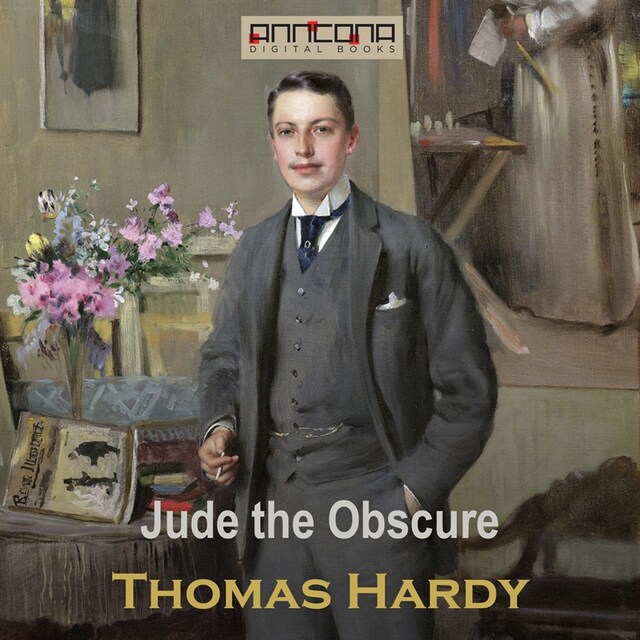
Jude the Obscure
Tietoa kirjasta
Jude the Obscure is the last completed of English writer Thomas Hardy's novels, began as a magazine serial in December 1894 and was first published in book form in 1895.
Eleven-year-old Jude Fawley, inspired by his teacher Mr. Phillotson, who leaves Marygreen for Christminster to take a university degree, decides to adopt the same course for himself. Raised by his great-aunt, he studies hard with the aid of some old Latin and Greek books sent to him by Phillotson.
He trains as a stonemason in order to enable him to support himself when at the university. However when he finally arrives in Christminster he soon finds that a university education is not easily come by for one of his social standing. Meeting and falling in love with his cousin Sue Bridehead his future becomes a series of challenges to his moral, religious and social beliefs.
The novel caused quite a stir in late Victorian England due in part to it’s depiction of marriage and the role religion played in it. Savagely criticised on publication it led to Hardy turning from novel writing and concentrating for the rest of his career on poetry alone. It’s now considered one of Hardy’s finest works and is held up as an example of English novel writing at it’s best.
Total Running Time (TRT): 14h, 12 min.
Thomas Hardy (1840-1928) was an English novelist and poet. A Victorian realist, in the tradition of George Eliot, he was also influenced both in his novels and poetry by Romanticism, especially by William Wordsworth.
Charles Dickens is another important influence on Thomas Hardy. Like Dickens, he was also highly critical of much in Victorian society, though Hardy focused more on a declining rural society.
Initially he gained fame as the author of such novels as Far from the Madding Crowd (1874), The Mayor of Casterbridge (1886), Tess of the d'Urbervilles (1891), and Jude the Obscure (1895). However, since the 1950s Hardy has been recognized as a major poet, and had a significant influence on The Movement poets of the 1950s and 1960s, including Phillip Larkin.
The bulk of his fictional works, initially published as serials in magazines, were set in the semi-fictional region of Wessex and explored tragic characters struggling against their passions and social circumstances. Hardy's Wessex is based on the medieval Anglo-Saxon kingdom and eventually came to include the counties of Dorset, Wiltshire, Somerset, Devon, Hampshire, and much of Berkshire, in south west England.


